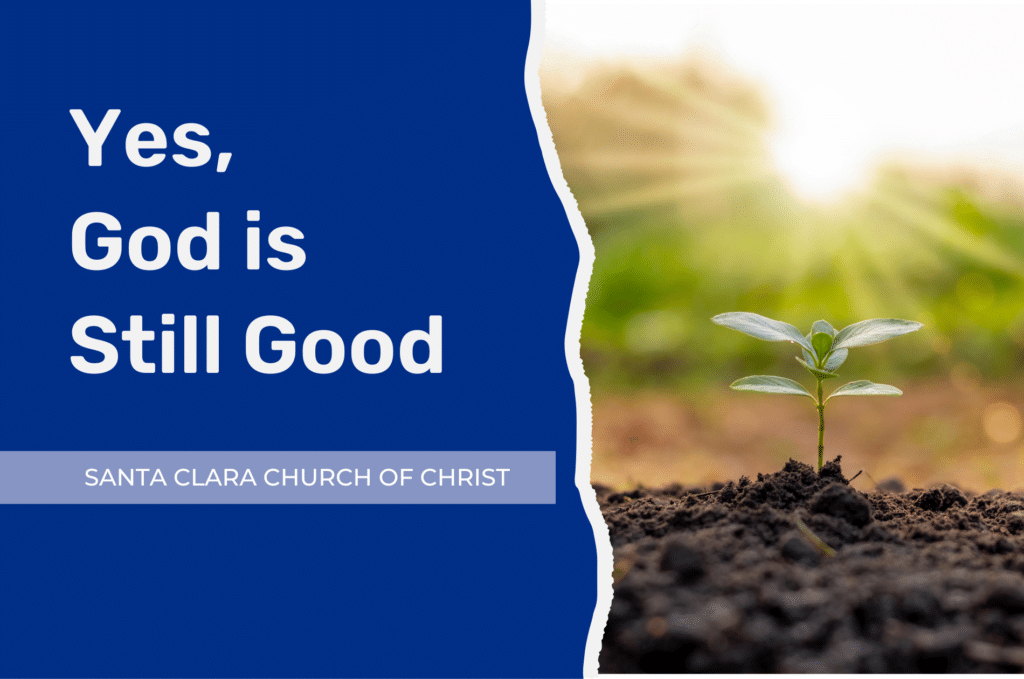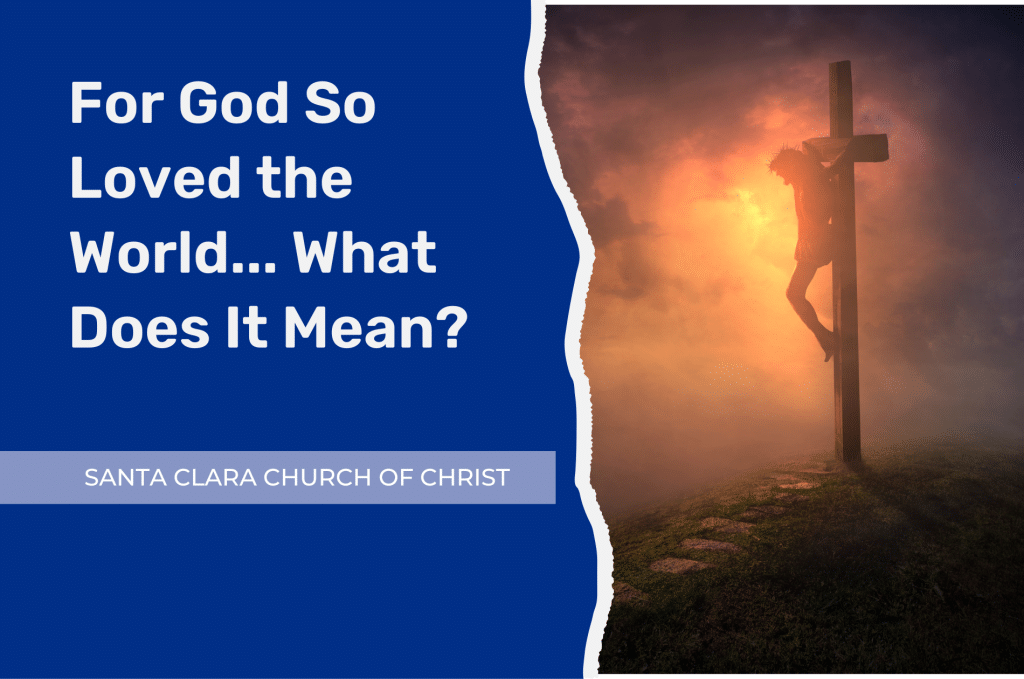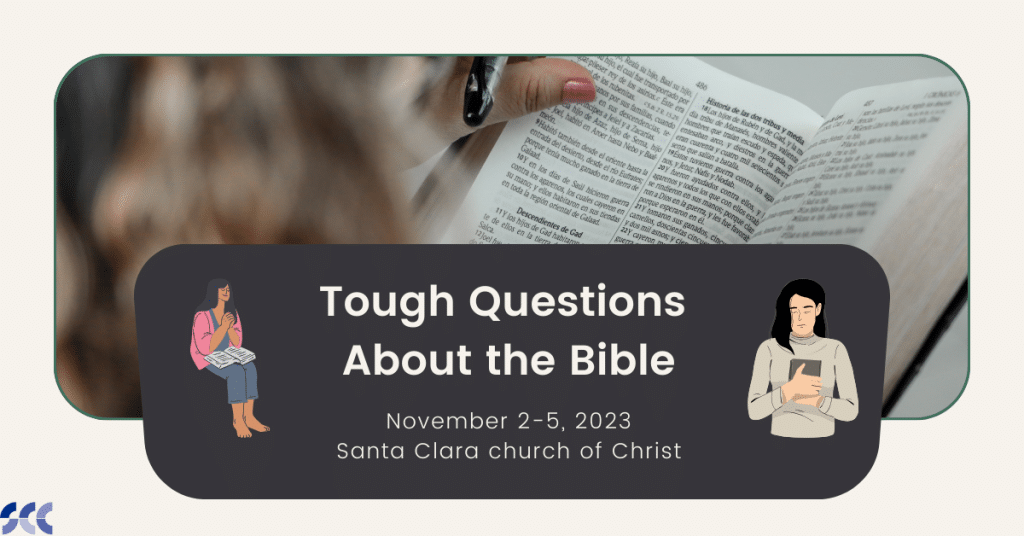In John 5:31, Jesus acknowledges that if He only testified of Himself, “His testimony would not be true.”
The fact that He was God in the flesh is a big deal to us — and isn’t really a point of contention today except in some religious circles. But for those people in that day, they needed evidence that Jesus was who He claimed to be.
Fortunately, that’s exactly what they got. In the verses that follow, Jesus gives five testimonies to who He is: John the Baptist (John 5:33), His miracles (John 5:36), the Father (John 5:37), the Scriptures (John 5:39), and Moses (John 5:46).
Jesus understood that we need verification before we just trust things at face value (or we should).
And when it comes to the Bible’s accuracy, we have several witnesses to it as well.
1. Greek and Hebrew Manuscripts
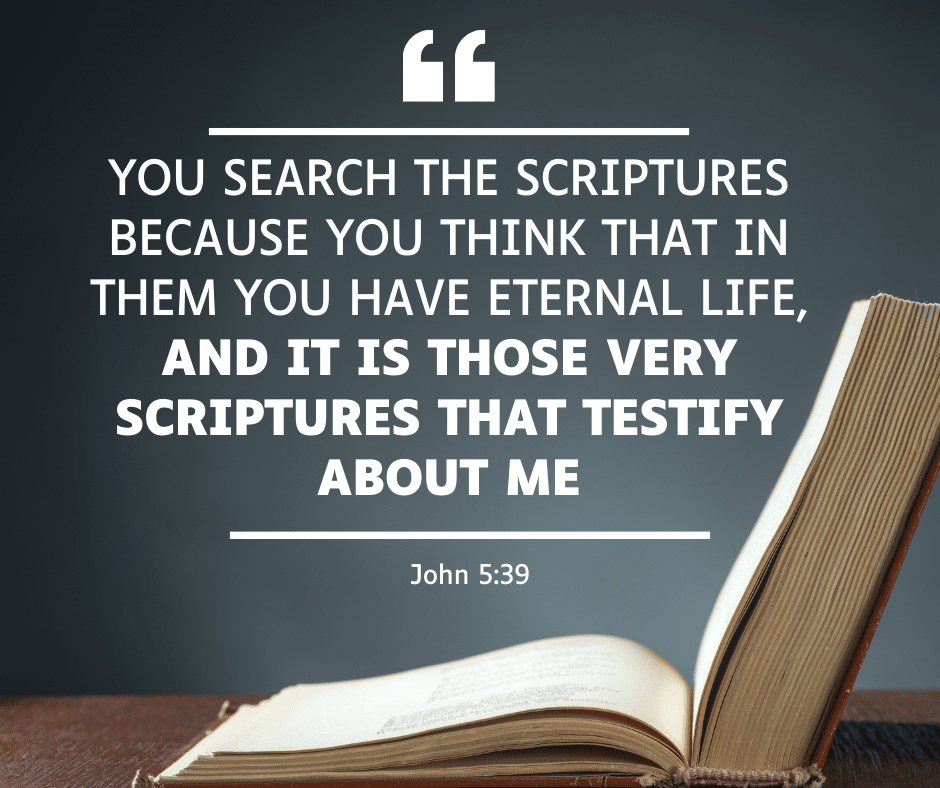
The primary witnesses to the original text of the Bible are manuscripts in the original languages. We have addressed the Hebrew manuscripts for the Old Testament and the Greek manuscripts for the New Testament. Once housed in scriptoria, synagogues, and monasteries, they are now largely found in museums across the world.
There are various tools to help students assess the manuscript evidence (and possible textual variants) for each verse of the Bible. For example, I have personally found the following tools to be very beneficial:
- Annotated editions of the Hebrew Bible (Tanakh), such as Biblia Hebraica Stuttgartensia,
or the Greek New Testament, such as the UBS or Nestle editions of the text - Bruce M. Metzger, A Textual Commentary of the Greek New Testament
- Philip W. Comfort, New Testament Text and Translation Commentary
In general, however, the overall testimony of these manuscripts is decisive, if not overwhelming. In only a relative few cases are there major questions about what the original text would have said, and none of these instances threatens a single Biblical teaching.
2. The Dead Sea Scrolls
Discovery of the Dead Sea Scrolls in 1947 electrified the world and became one of the great archaeological events of the 20th century.
Eventually this included a collection of thousands of fragments comprising around 900 scrolls. They date from about 250 BC to AD 68 and include about 207 Biblical manuscripts, with some Hebrew texts about a thousand years older than the next oldest copies.
They also involve commentaries on Biblical books and a Community Rule, also known as the “Manual of Discipline.” The Dead Sea Scrolls community, thought by many to be Essenes, was very covenant-oriented.
Much can be learned from these documents about their understanding of concepts related to the New Covenant (Jer. 31:31-34), as well as Jewish backgrounds in the first-century world of the New Testament.
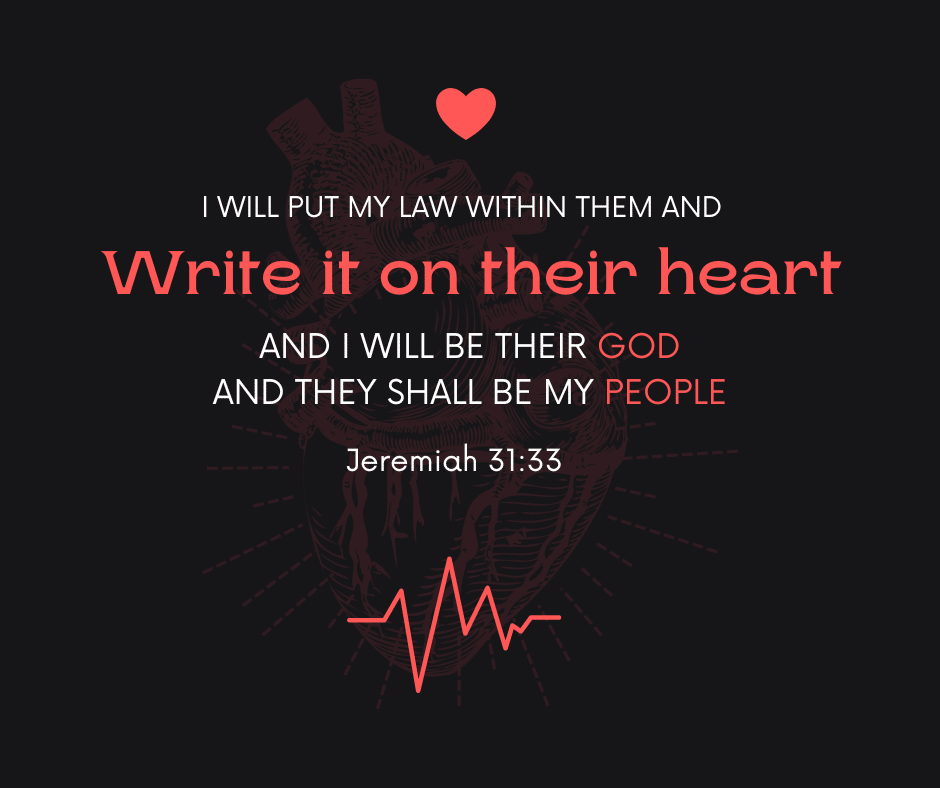
3. Citations of Early Christians
Early Christians and “church fathers” in the first four centuries of the church cite virtually the entire New Testament and much of the Old Testament in their writings.
This evidence corroborates that found in the primary manuscripts. If there is an early textual variant, scholars can even isolate the “manuscript family” of the text being cited by an ancient Christian.
4. Early Translations
In the third century BC, Jewish scholars undertook a prominent translation of the Hebrew Old Testament into the Greek language.
This is now known as the Septuagint translation. It stands as an independent witness to the Old Testament, along with the Masoretic Hebrew text.
Sometimes the New Testament writers themselves, writing in Greek, cite the Septuagint version instead of the Hebrew text. Early Christians, many of whom spoke Greek, used it widely, and it is found in the Codex Sinaiticus and other collections used by Christians.
With the rapid spread of the gospel, there was a need to translate the scriptures into other languages. Consequently, there are early translations of the Bible into Latin, Syriac, Ethiopic, Gothic, Armenian, Arabic, and other languages. These are further independent witnesses to the original text.
Even though there was an earlier Latin version, Jerome undertook a new translation of the Bible into the Latin at the end of the 4th century. The Latin “Vulgate” (or “common” version) became the standard Bible of the western medieval world and the Roman Catholic Church.
Summing Up – a Wealth of Evidence
Since we have multiple independent witnesses to the original text of the Bible, in multiple languages, in thousands of manuscripts, discovered in very diverse regions, the cumulative evidence for the original text is somewhat overwhelming.
There may be legitimate questions raised about the textual integrity of a few passages, but for the Bible as a whole the case is very strong. Scholars have reconstructed a “master text” that eliminates the vast majority of scribal mistakes.
Why is “human error” not an issue for over 99% of the text? As Edward Andrews says, “We know what the original reading is with absolute certainty.”

